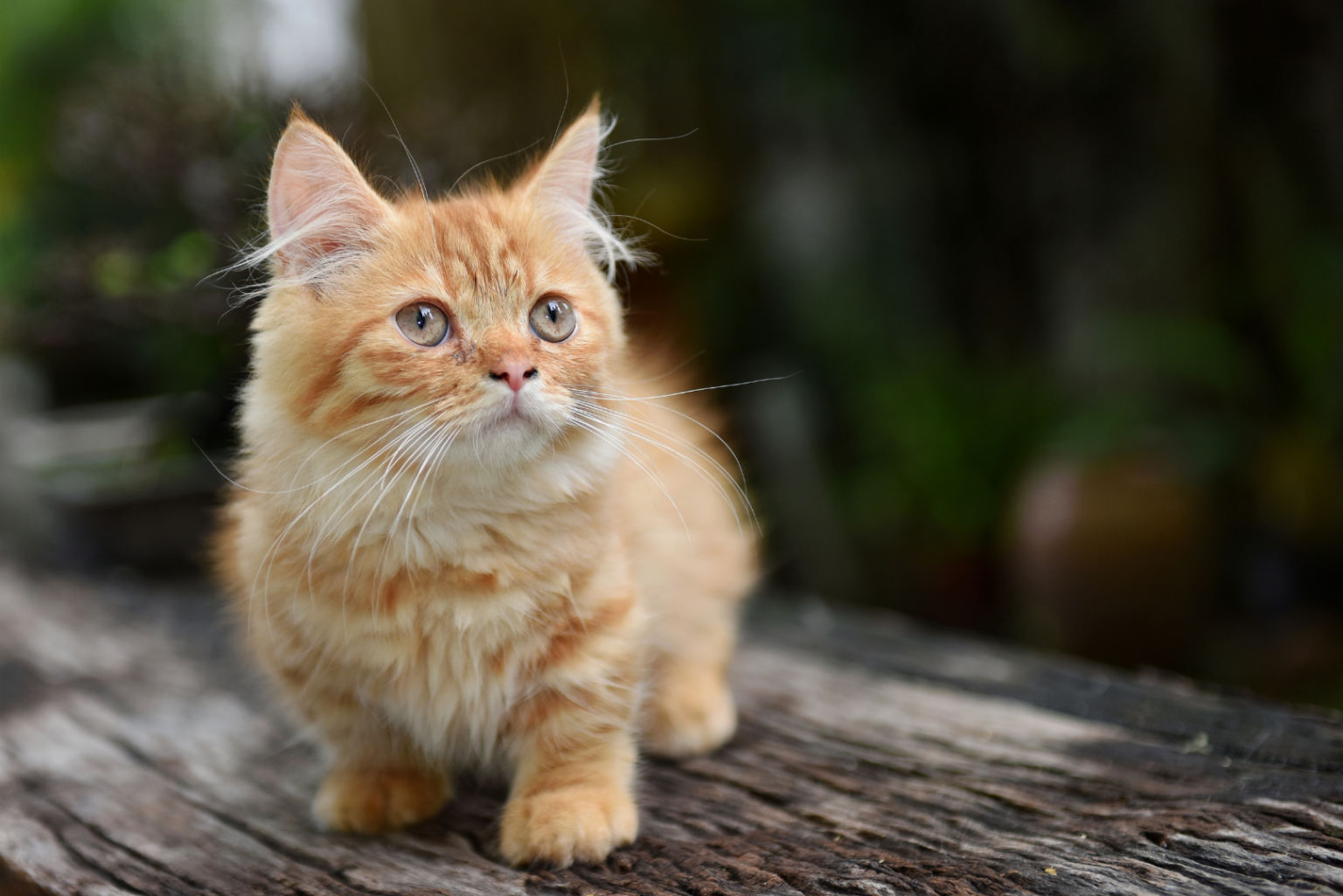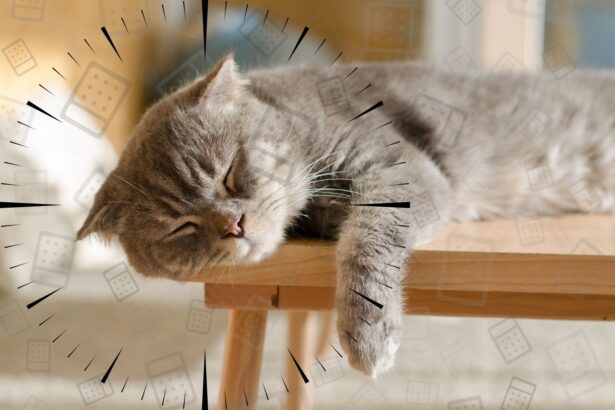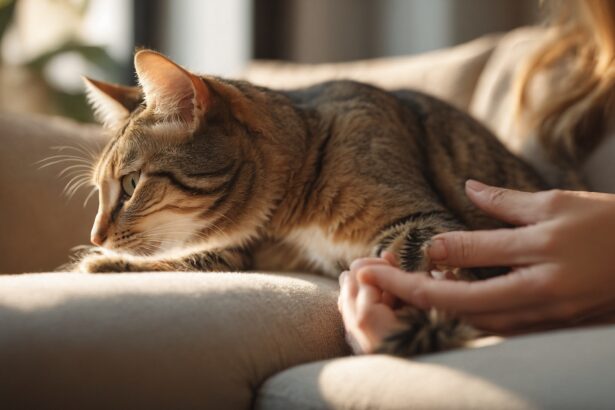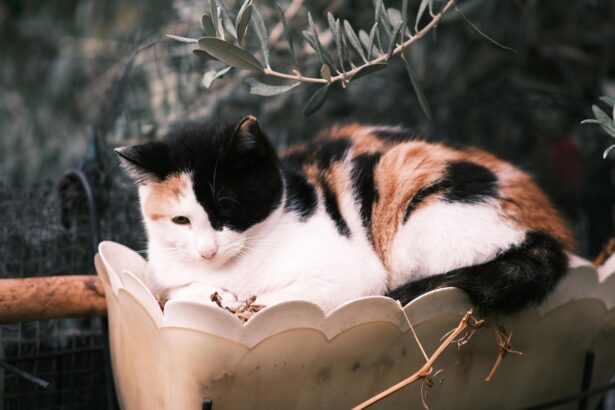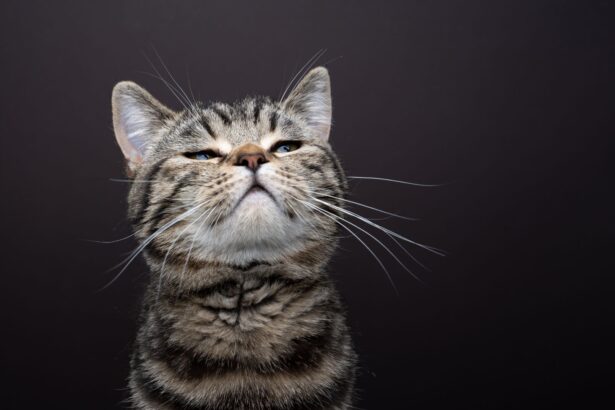A short history of the Munchkin cat
Where does this petite feline with big dreams come from?
The name “Munchkin” was inspired by the tiny characters in The Wizard of Oz. The modern breed appeared in the 1980s in Louisiana, thanks to Blackberry, a pregnant stray taken in by a schoolteacher.
Some kittens in Blackberry’s litter had naturally shorter legs due to a dominant genetic mutation. The International Cat Association (TICA) officially recognized the Munchkin in 1997.
Thinking about adoption from a breeder? Here’s a handy guide to choosing a responsible cattery so you can ask the right questions with confidence.
Popularity and the ethics debate
People fall for the Munchkin’s unique silhouette and sunny personality. Ethical discussions exist around selective breeding, which makes transparency and health testing essential when choosing a breeder.
In real life, the winning combo is simple: steady weight, regular vet care, and a home arranged in comfortable steps. Mobility and comfort follow naturally.
What does a Munchkin look like?
Compact body, sparkling eyes
Their signature feature: legs shorter than average. Beyond that, they look like classic domestic cats and can wear every color and coat length you can imagine.
Those almond eyes give them a mischievous, melt-your-heart look. Short coat or long coat—it just changes your brushing rhythm, not your bond.
Fun fact: many Munchkins rise up on their hind legs “meerkat style” to scope out the room. Adorable and surprisingly strategic.
Personality: a tender little clown
Quick, curious, and people-oriented, the Munchkin loves joining family life. They often get along with children and other pets when introductions are gentle.
Expect a shadow at your heels, a playful buddy for mini chases, then a snug cuddle companion on the sofa. Joy in pocket size.
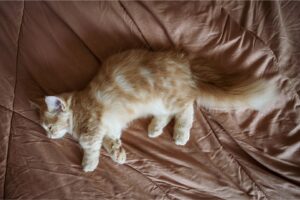
Care and health for Munchkin cats
Food and play: the sweet spot
Goal number one: a stable, healthy weight. Most cats—including Munchkins—do well on a protein-rich, portioned diet tailored to their age and activity.
Plan short but frequent play sessions: feather wand, puzzle feeders, and floor-level chases. Want to know what a balanced feline diet looks like? Explore what cats should really eat.
Practical tip
- Create a “soft stairway”: two or three low steps up to the couch, a slightly elevated bowl, and non-slip runners. Confidence climbs with comfort.
- Use yoga-mat strips under rugs to build a safe runway on slippery floors—simple, cute, effective.
- Choose a cat tree with close-together platforms so there’s no need for big leaps. Check the best cat tree guide for smart picks.
Vet watchpoints
As with any cat, keep an eye on teeth, kidneys, heart, and weight. Regular checkups help spot early signs of discomfort in joints or the spine.
Skip the high-impact jumps from very tall places and enrich the floor level instead. For coat care without the drama, build a gentle grooming routine with the right tools.
Common mistake to avoid
- Bottomless bowl syndrome. Free-feeding often leads to weight gain, which puts extra load on the spine and joints—exactly what you don’t want for a short-legged kitty.
Daily life: is the Munchkin the right match for you?
A joyful companion for family life
Munchkins love to watch, participate, play, and then curl up for a nap. They adapt beautifully to apartment living when they have stimulation and cozy rest zones.
They’re social butterflies in lively homes. Welcoming a new kitten soon? Here’s a calm, step-by-step plan for introducing a new kitten without drama.
Grooming and small comforts
- Short coat: brush once a week.
- Long coat: plan 2–3 short brushing sessions weekly to prevent mats.
- Litter: a low-entry, sturdy box keeps things comfy. Prefer a deep dive? See the ultimate litter guide.
Want a quick health compass at home? These 10 signs of a healthy cat help you spot changes early and act serenely.
The Munchkin in 3 takeaways
- Small body, big heart: affectionate, curious, keen to join the fun.
- A healthy weight is their best mobility ally.
- Home set up in “little steps” opens every height without strain.
FAQ about the Munchkin cat
Do Munchkin cats often develop back problems?
There’s no universal rule. Keep weight stable, arrange the home in gentle steps, and see your vet regularly to support lifelong mobility.
Can Munchkins jump and climb like other cats?
Yes, but they prefer reachable heights. Close platforms and step stools reduce the need for big jumps.
Which is easier to maintain: short or long hair?
Short hair: weekly brushing. Long hair: 2–3 brief sessions per week with a detangling comb and plenty of praise.
How much does a Munchkin cat cost?
Budget for quality food, vet care, toys, and thoughtful setup. If buying from a breeder, prioritize transparency, health testing, and proper socialization.


